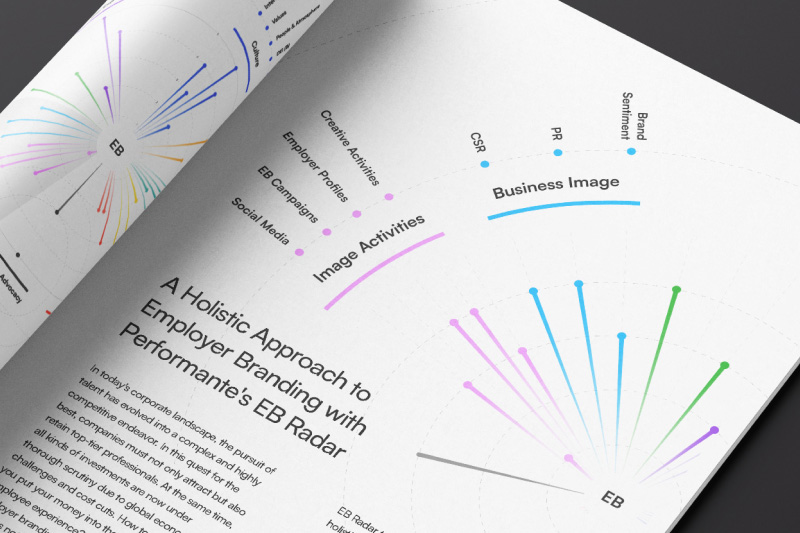The efficacy of advertising activities has always been pivotal to accomplishing business objectives. This is especially significant in today’s marketing landscape, which is more competitive than ever.
One of the most indispensable tools aiding in the assessment of these endeavors is the conversion rate. In this article, you’ll delve into the intricacies of this key metric, comprehend its significance for businesses, and also learn how to leverage this metric for the formulation of powerful marketing strategies.
Conversion Rate, What Exactly Is It?
The conversion rate is a measure that defines the percentage of people who have completed a conversion on a website or in another form of interaction with the brand.
Sounds a bit “gibberish”? Then let’s start by explaining what conversion is all about.
In essence, when a user completes an activity that meets a predetermined objective and is advantageous to the company, it is referred to as a conversion. If we aim to gather newsletter subscribers, we will consider a conversion when users leave their email addresses to sign up for it. In the case of e-commerce, a conversion could be adding a product to the cart or making a purchase. It can also be downloading materials from the website, if that action is desirable from the business’ point of view.
Now that we have cleared what a conversion is, let’s return to the conversion rate. Simply put: it’s the ratio of people who converted to those who had the opportunity to do so. This, for example, could apply to website visitors.
The conversion rate measures the effectiveness of marketing campaigns and the efficiency of a website or mobile application. It also helps evaluate whether a strategy is yielding the expected results.
How to Calculate the Conversion Rate
Calculating the conversion rate is relatively straightforward. Divide the number of successful actions, such as purchases, by the total number of visitors. Then, multiply the result by 100%. This will give you the conversion rate.
Here’s a simple formula:
Conversion rate = (Number of conversions / Number of visitors) * 100%
Tracking the conversion rate is crucial for businesses. It helps them evaluate the success of their marketing strategies and make informed decisions based on data. For example, let’s use an online store that received visits from 1,000 potential customers in one month. Suppose out of those 1,000 visitors, 50 made a purchase. Therefore, the conversion rate would be 5%.
Why Tracking the Conversion Rate Is Crucial for Marketing Effectiveness
Tracking the conversion rate is vital for businesses. It enables them to evaluate the success of their marketing initiatives. It also helps them to make informed decisions based on data. Here are a few reasons why it’s so essential:
- Measuring return on investment (ROI): Tracking the conversion rate enables companies to assess the effectiveness of marketing campaigns and determine whether investments in advertising are yielding the desired results. With this information, strategies and tactics can be adjusted to increase ROI.
- Optimizing marketing efforts: Monitoring the conversion rate allows the identification of areas that require improvement. A high number of visitors but a low conversion rate on a website can signal an issue. This issue could be related to persuading visitors to take the desired action. By acting on data, we can change the content, page layout, or purchasing process to boost conversions.
- Effective planning of marketing strategies: Tracking the conversion rate provides information about customer preferences and behaviors. With this data, it’s easier to understand which actions bring the best results and how to tailor strategies to meet the needs of your target audience.

What’s a Good Conversion Rate?
As is often the case in marketing, the answer to this question is: “It depends.” We can say that the optimal conversion rate for various industries ranges from 2% to 5%, as data from the “Digital Experience Benchmark 2022” report indicates that the average conversion rate in 2021 across all industries was 2.9% and 2.96% in e-commerce.
However, these results should always be analyzed individually and in specific cases. A conversion rate of 0.5% can be considered low for a lead generation campaign reaching a broad target audience. Still, it would be fully satisfactory for a business selling luxury goods.
Pro Tips for Increasing Conversion Rates
- Optimize your landing page: Make sure it’s easy to navigate, visually appealing, and features clear and compelling CTA (call-to-action).
- Personalize content: Tailor it to the preferences and needs of the target group. Focus on solving their problems and offer value that will prompt them to take action.
- Improve the purchasing process: Simplify it by eliminating unnecessary steps and reducing the number of fields to be filled out.
- Test and measure results: Conduct A/B tests to compare different versions of ads, landing pages, or offers. Monitor results and make data-driven decisions regarding optimization.
- Offer additional benefits: Encourage customers to take the desired action by offering extra perks such as discounts, free shipping, or exclusive bonuses.
The Conversion Rate as a Key to Success
The conversion rate is an extremely important tool for marketers and business owners. It allows them to assess the effectiveness of marketing activities, optimize strategies, and make data-driven decisions. Conversion rate tracking enables businesses to increase ROI, optimize operations, and better tailor strategies to the target audience’s needs.
It’s worth remembering that effective marketing cannot be built without analyzing relevant and reliable data. Measuring the conversion rate is a perfect tool for that.





